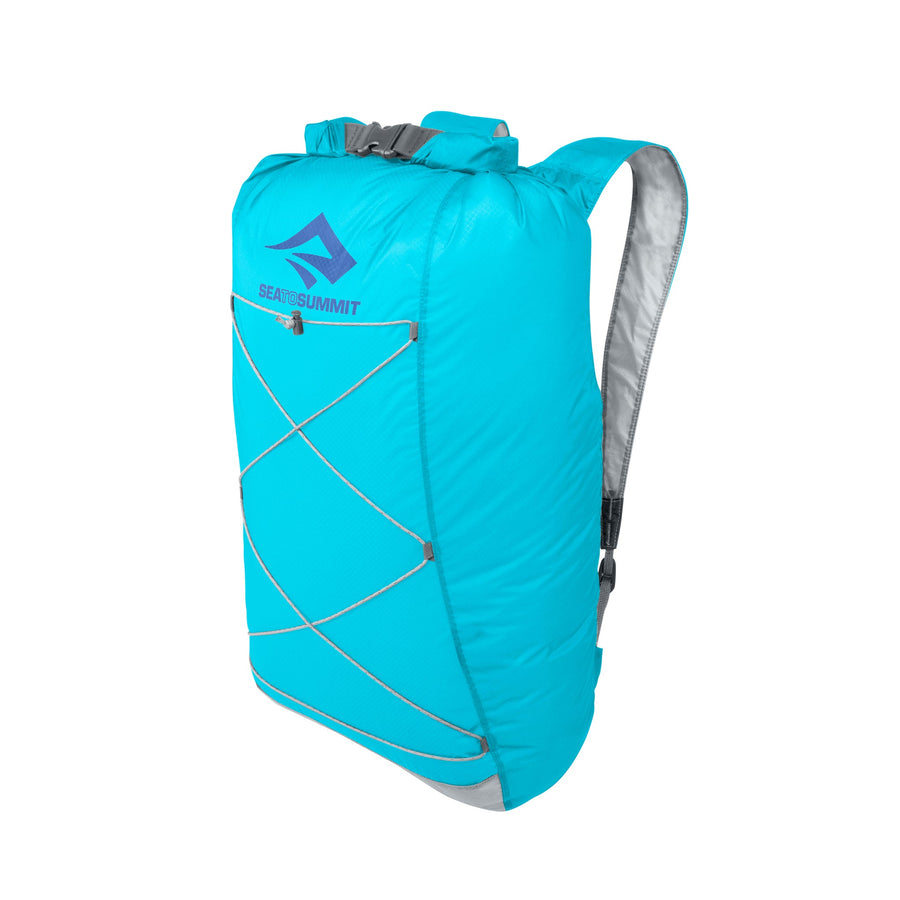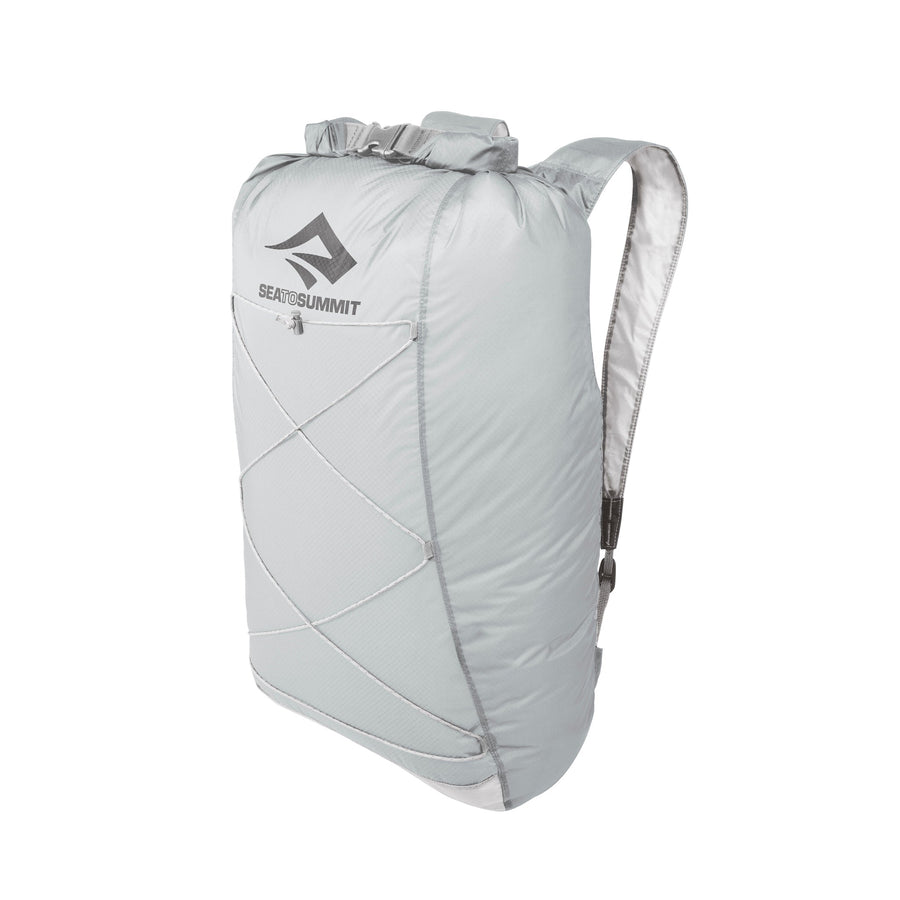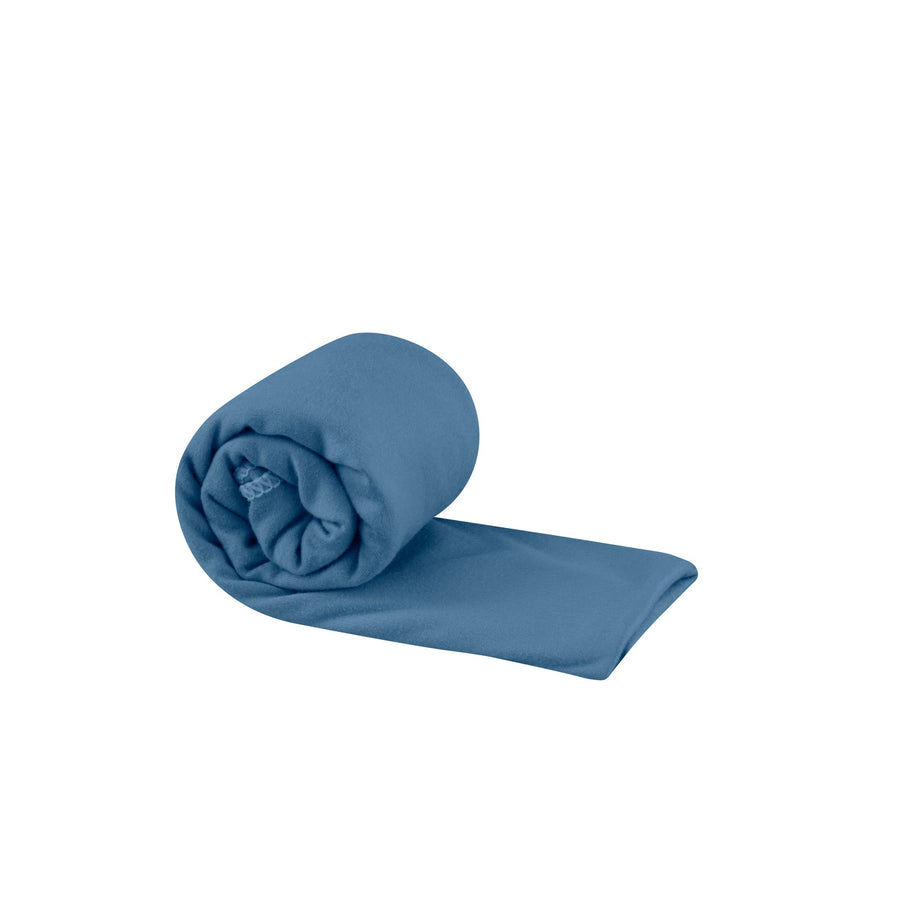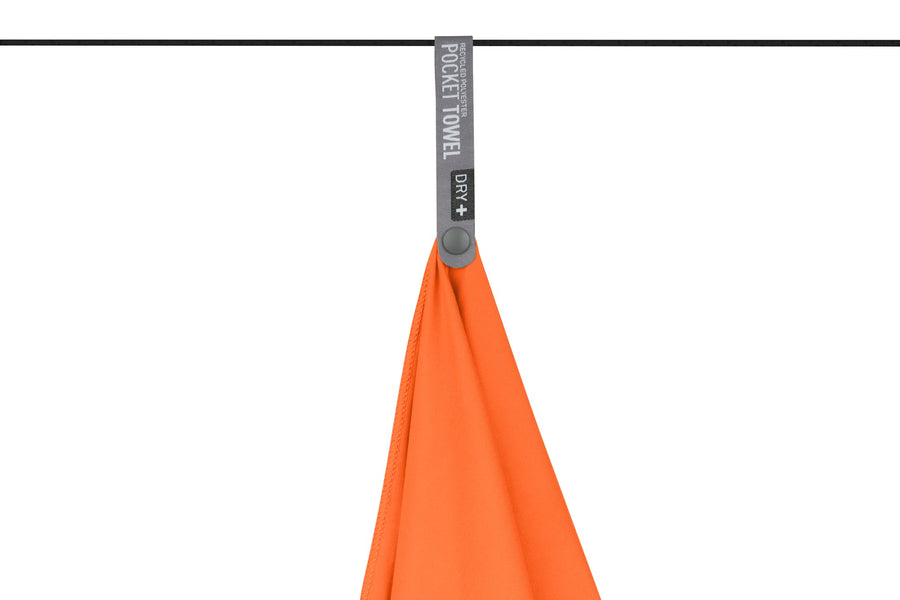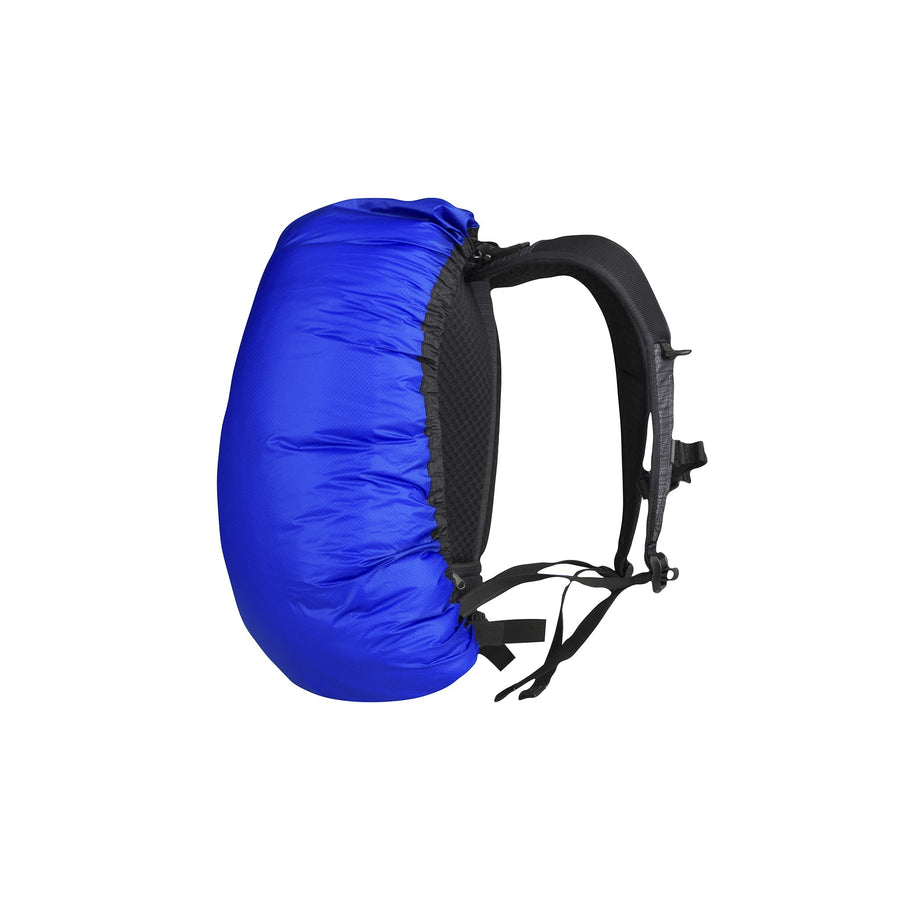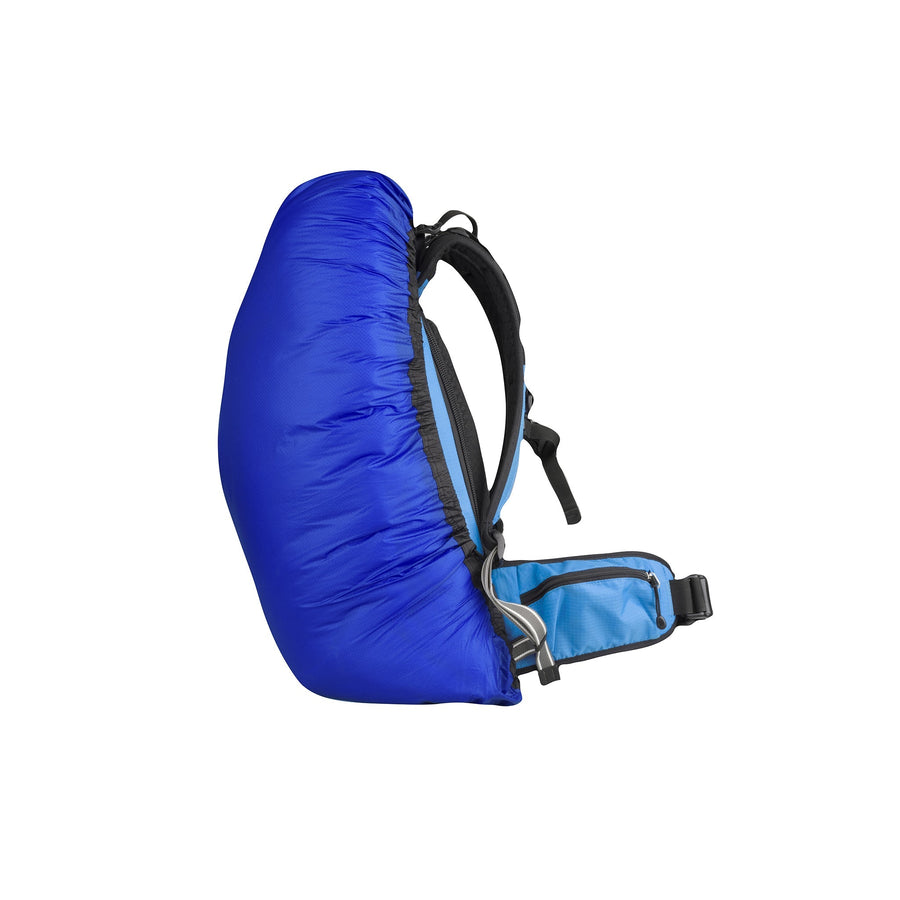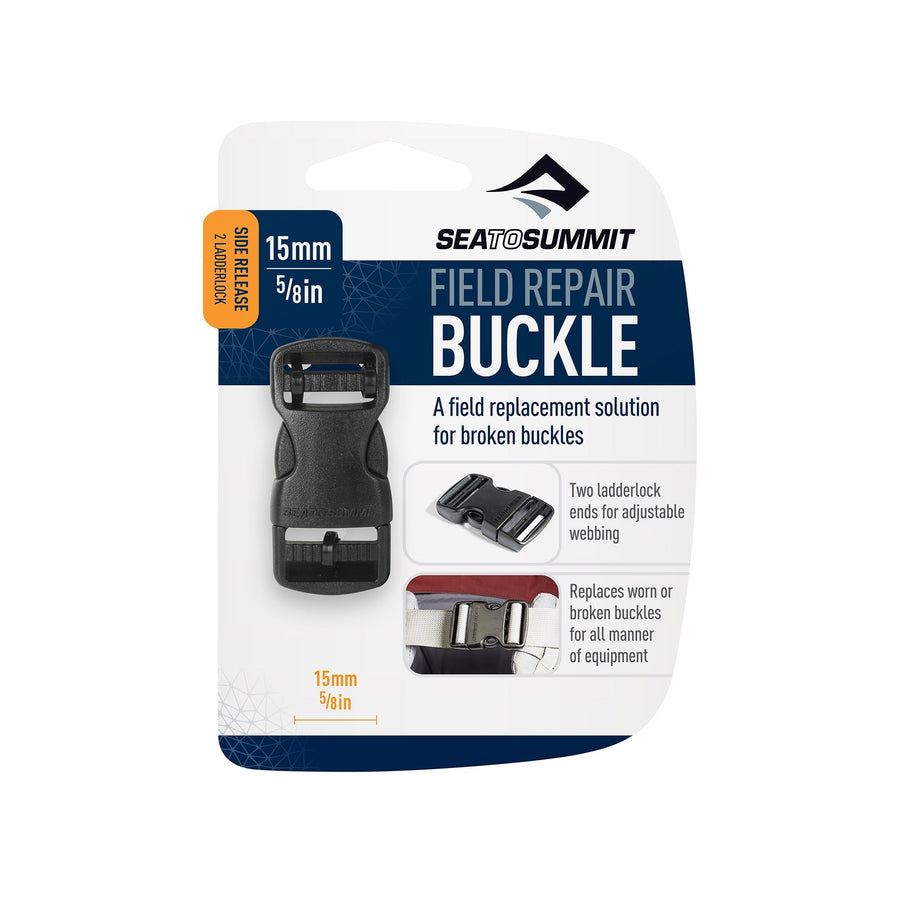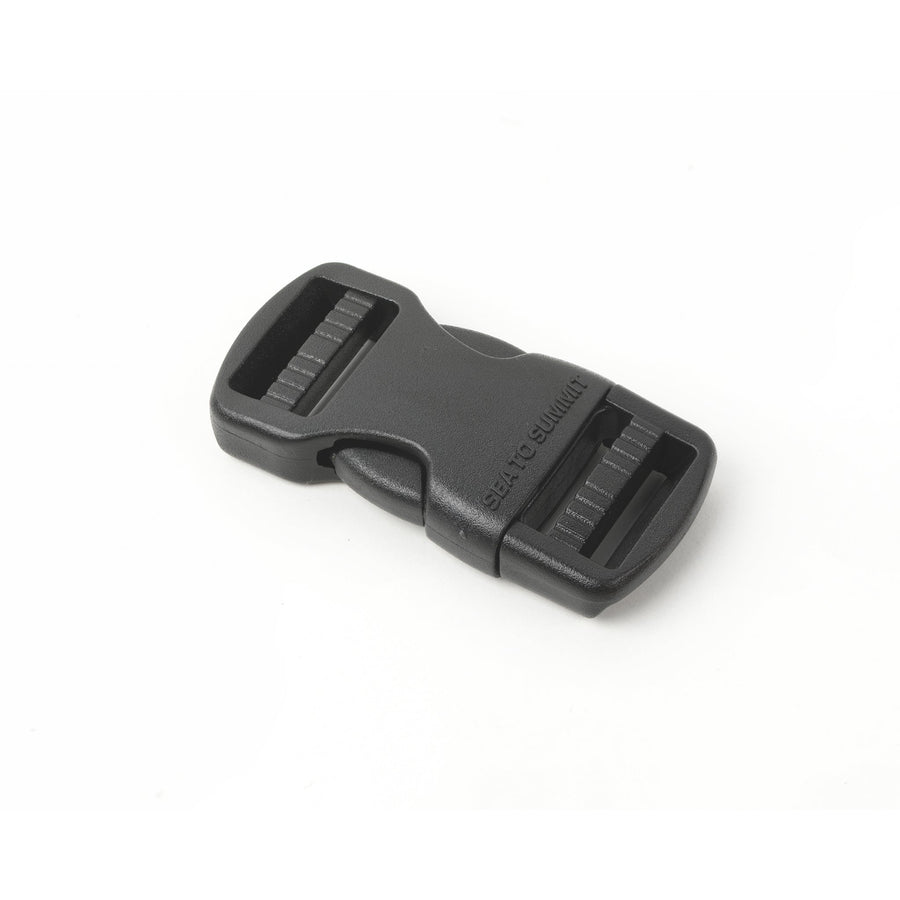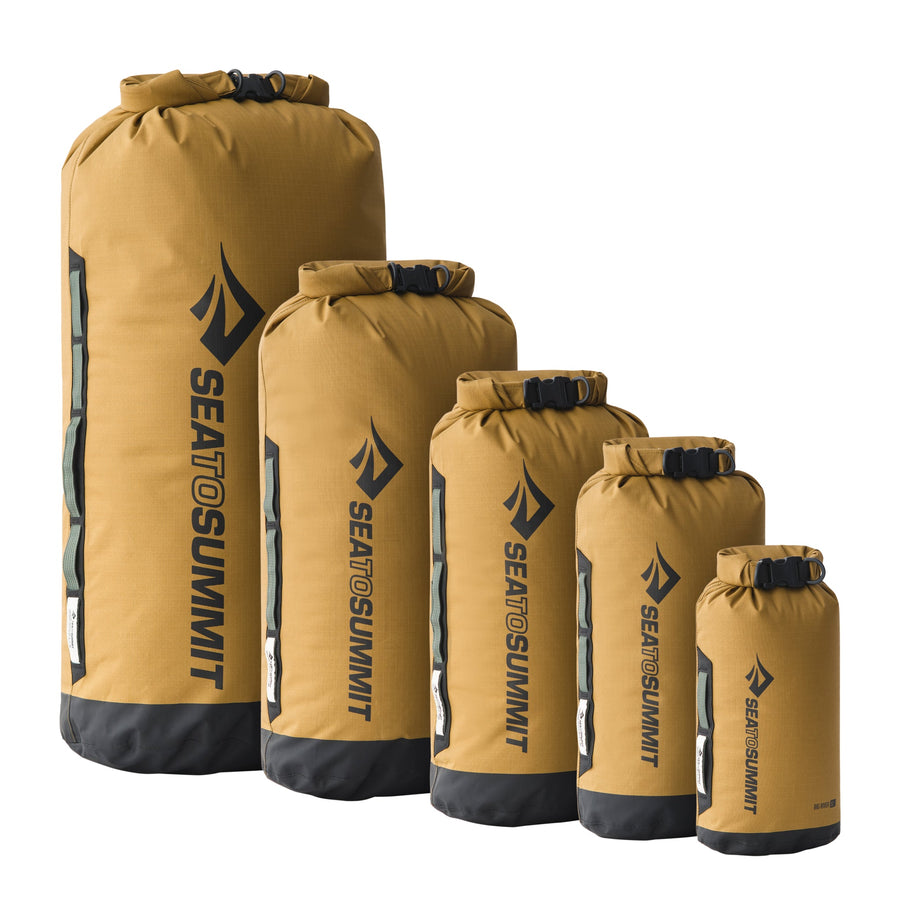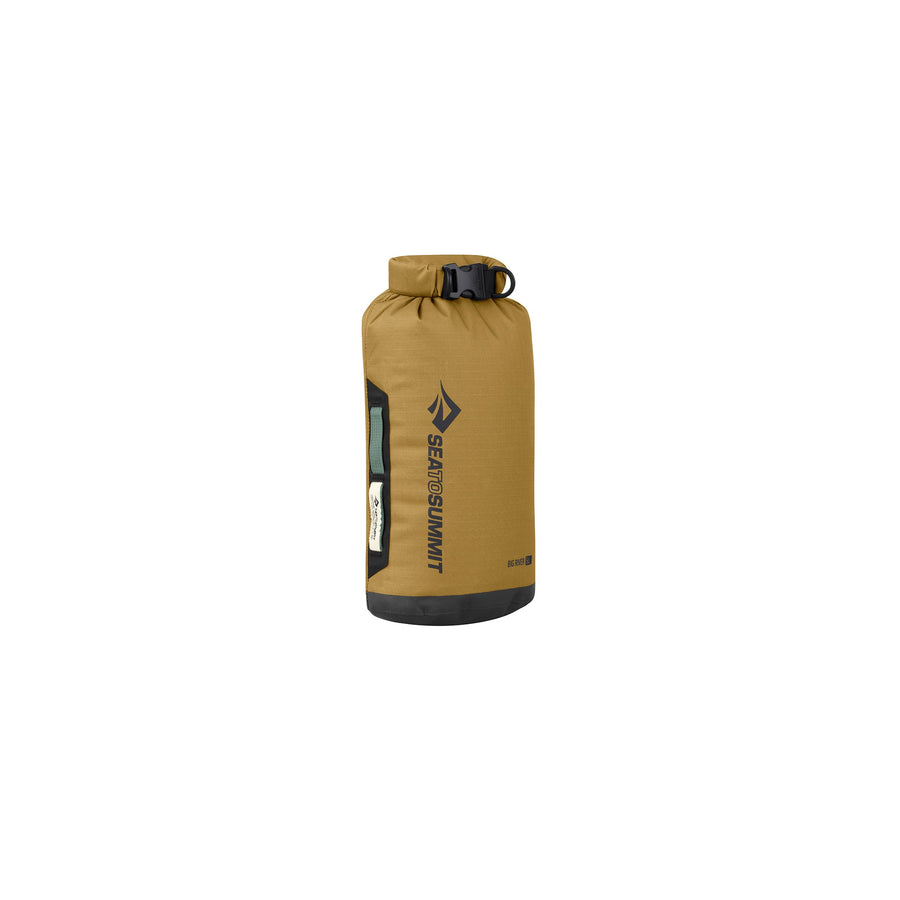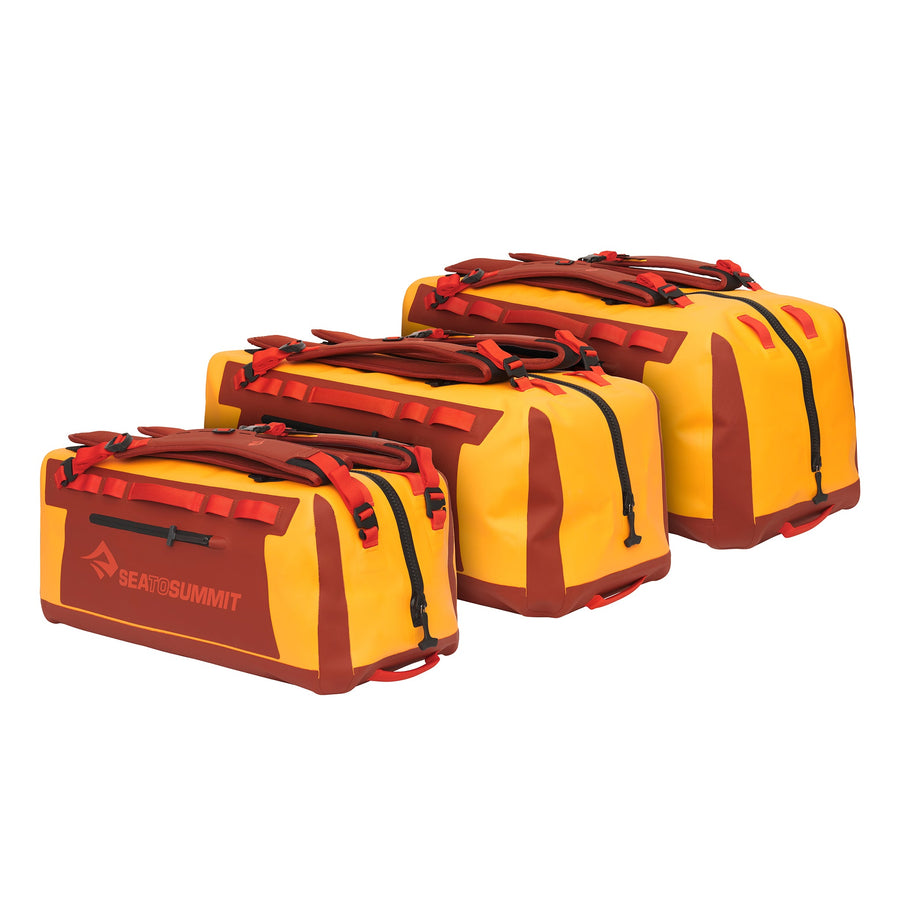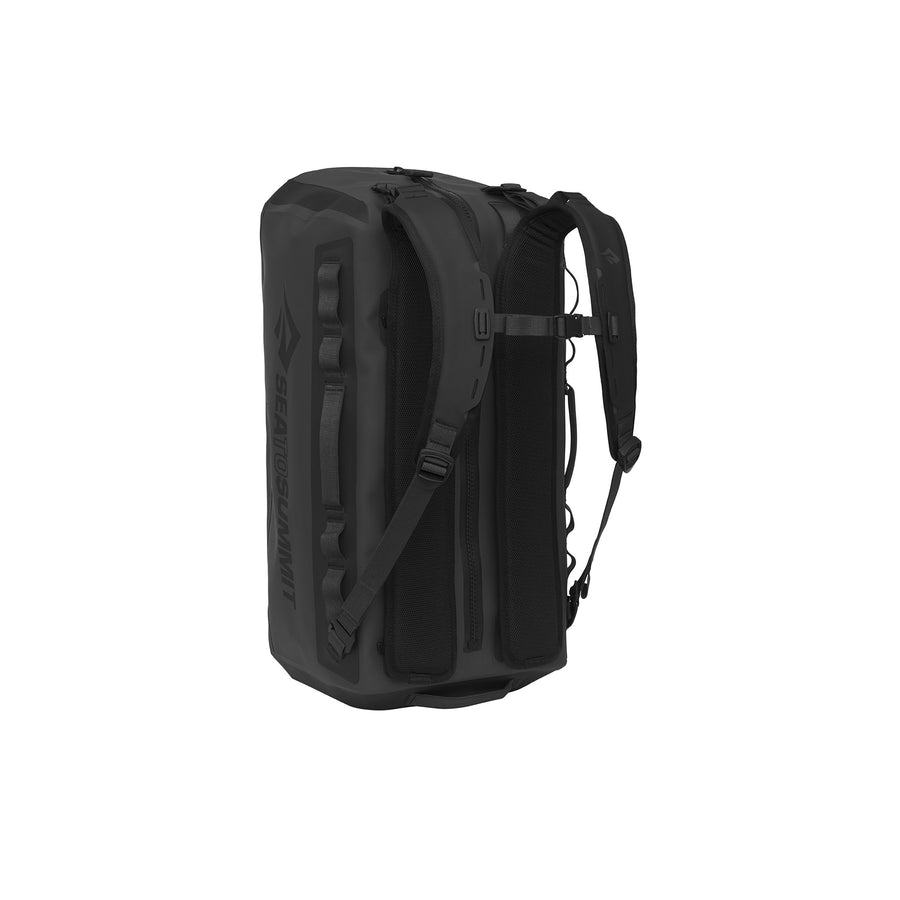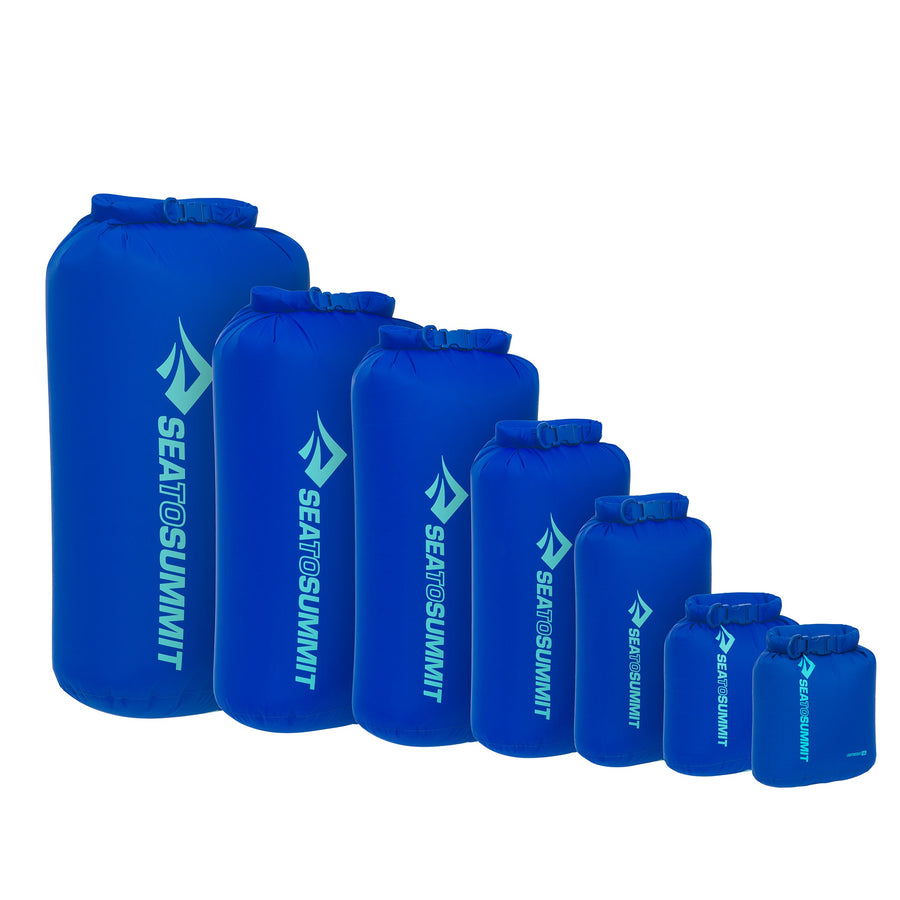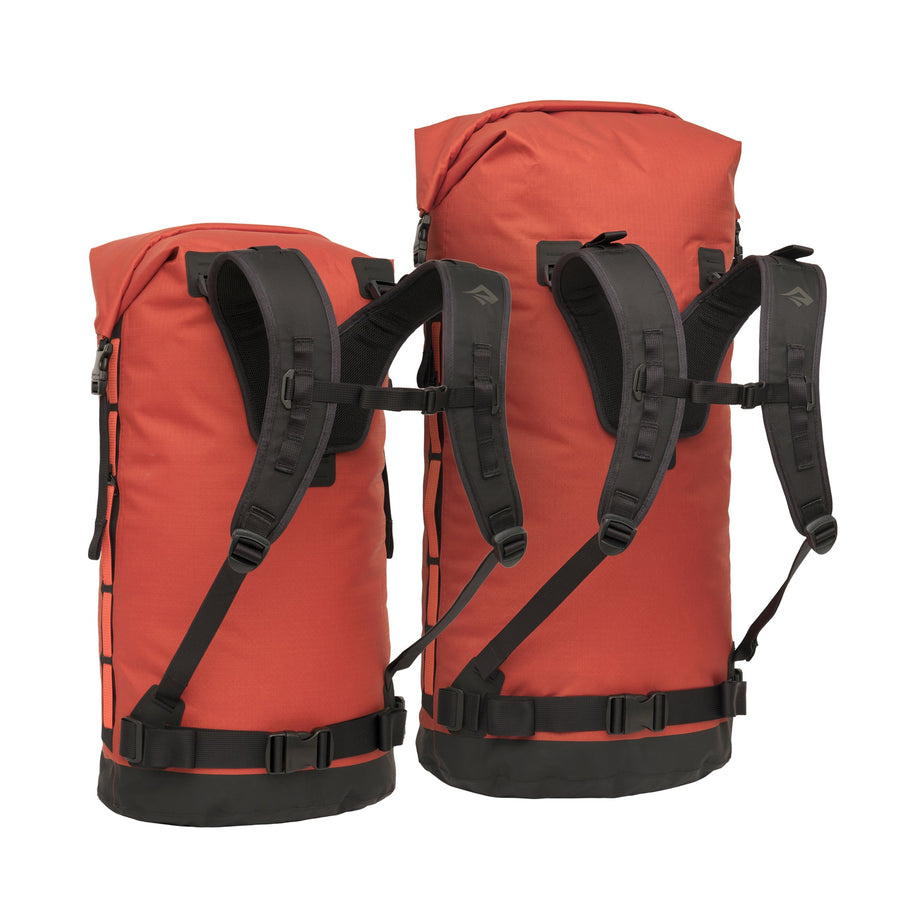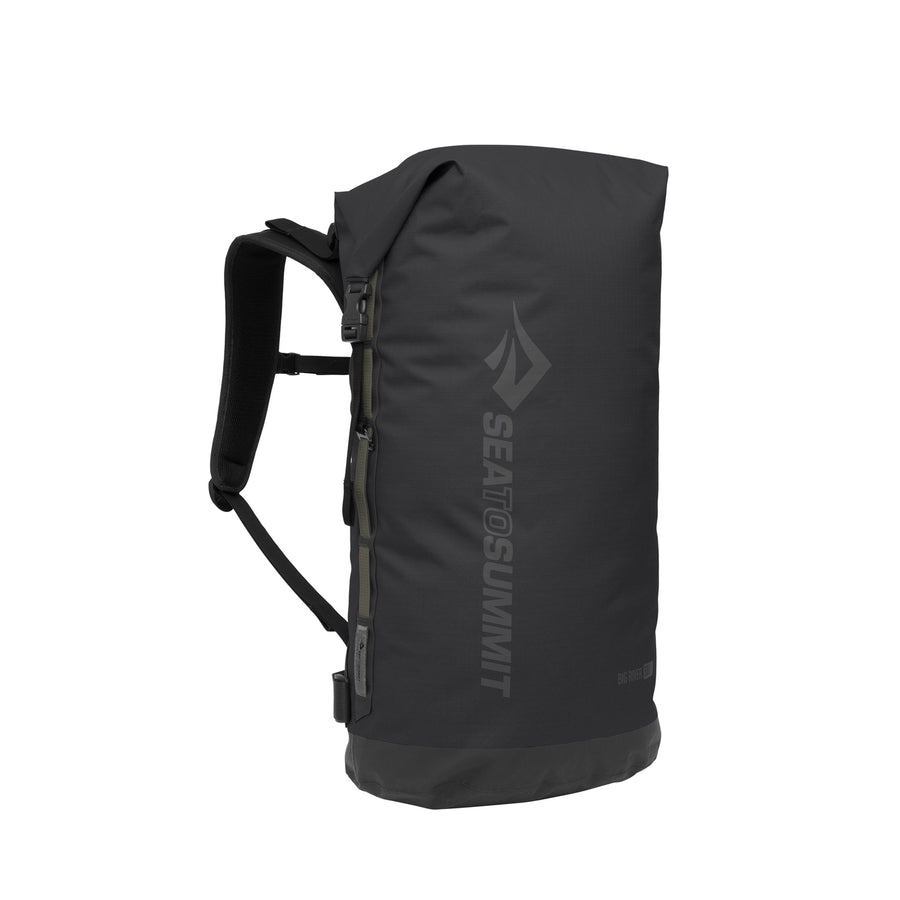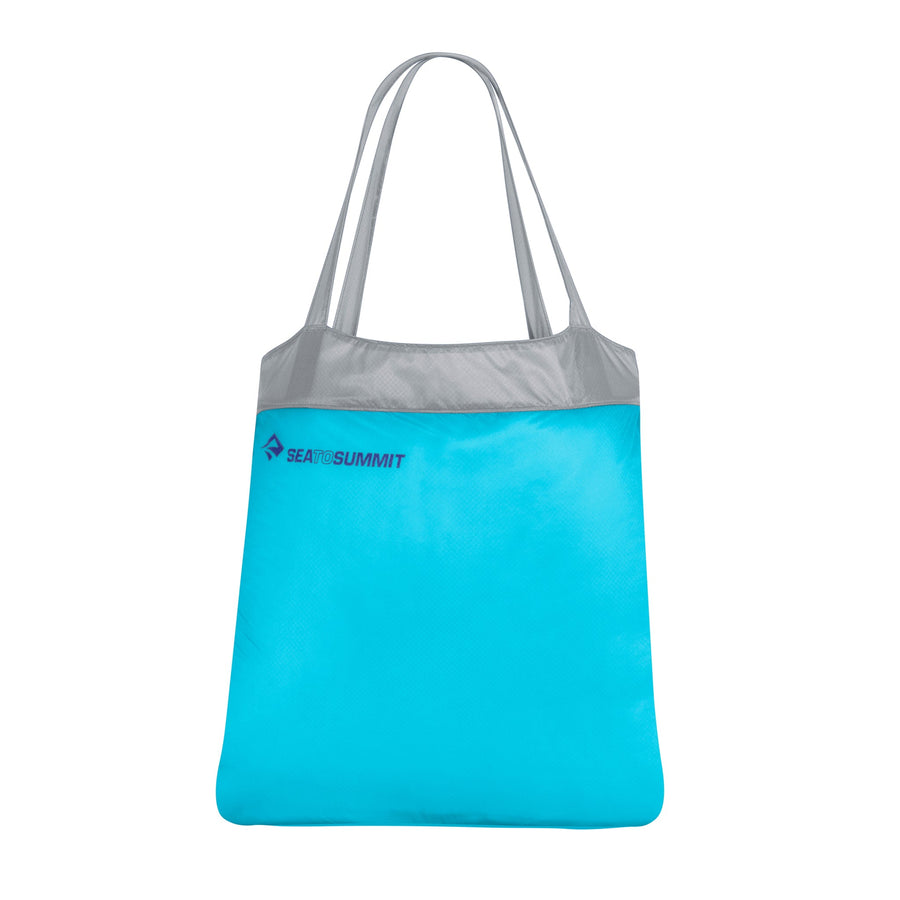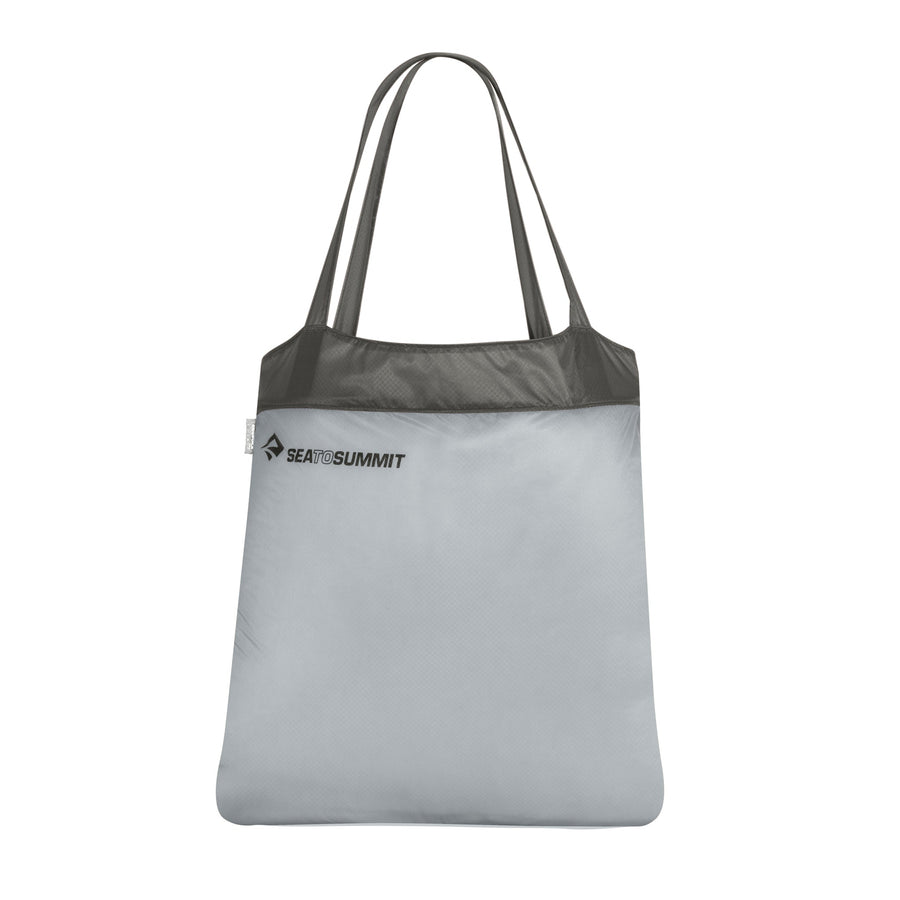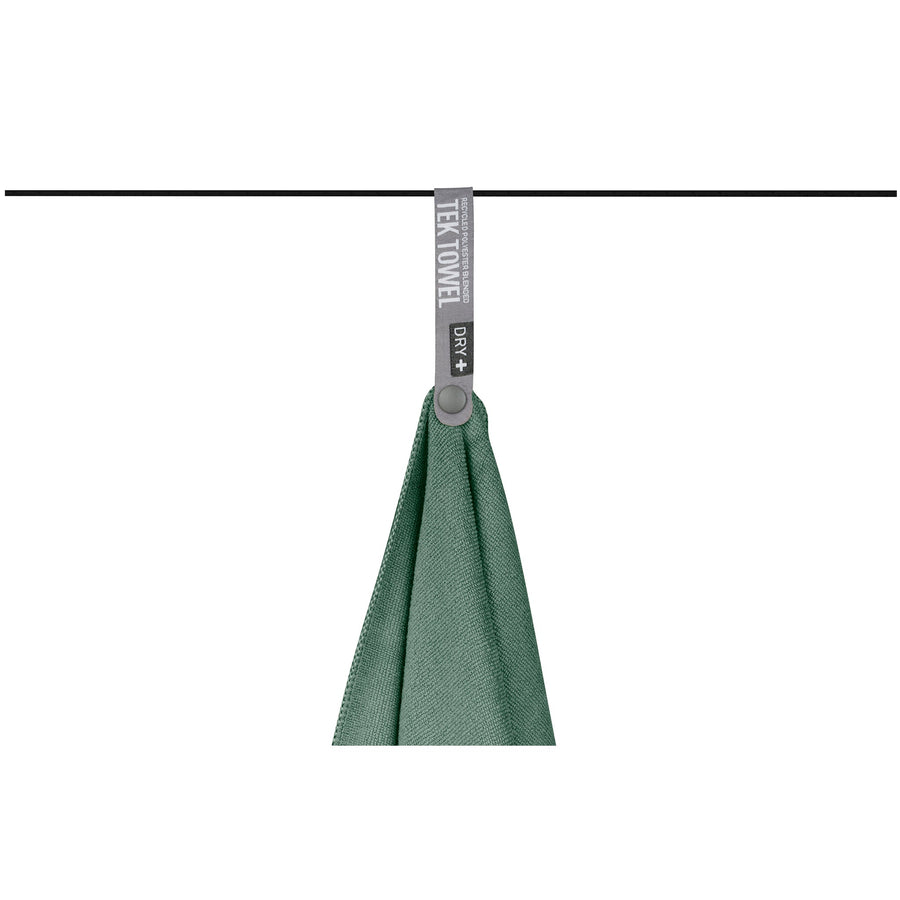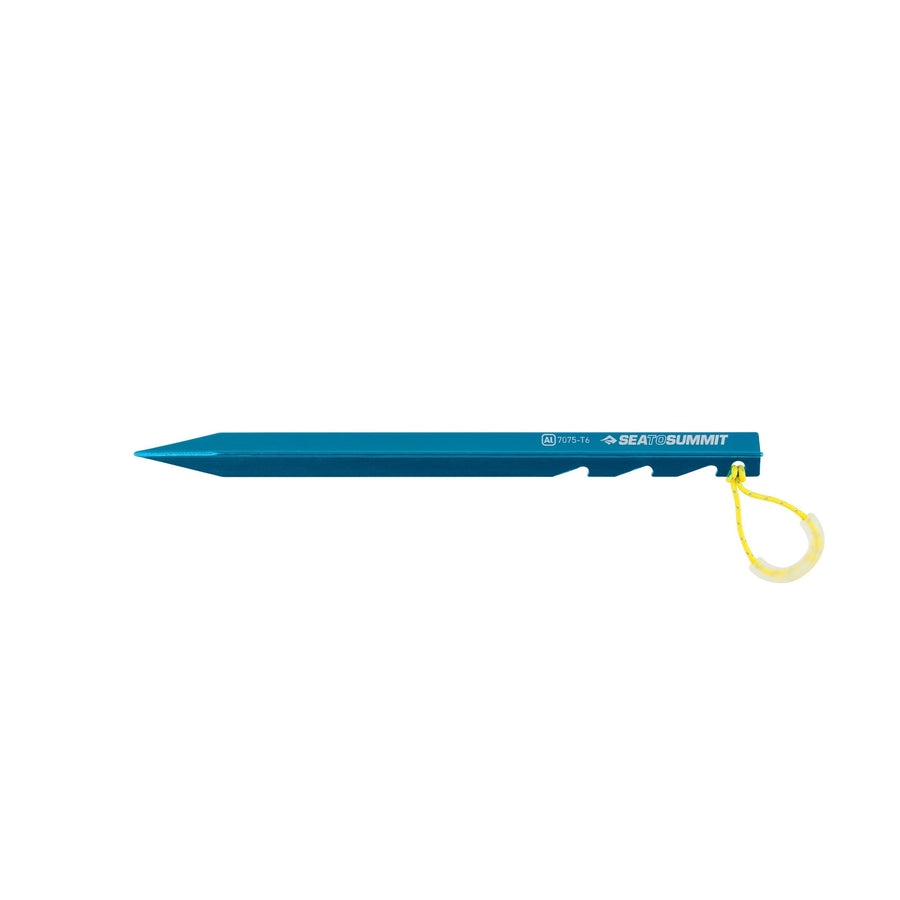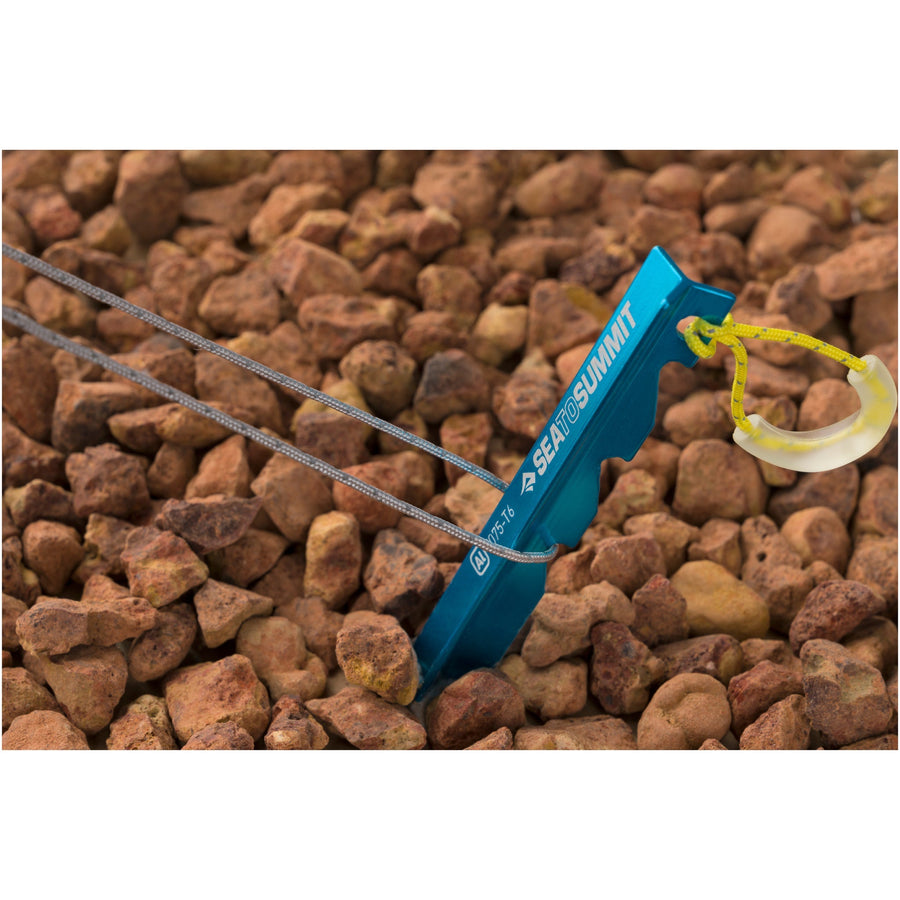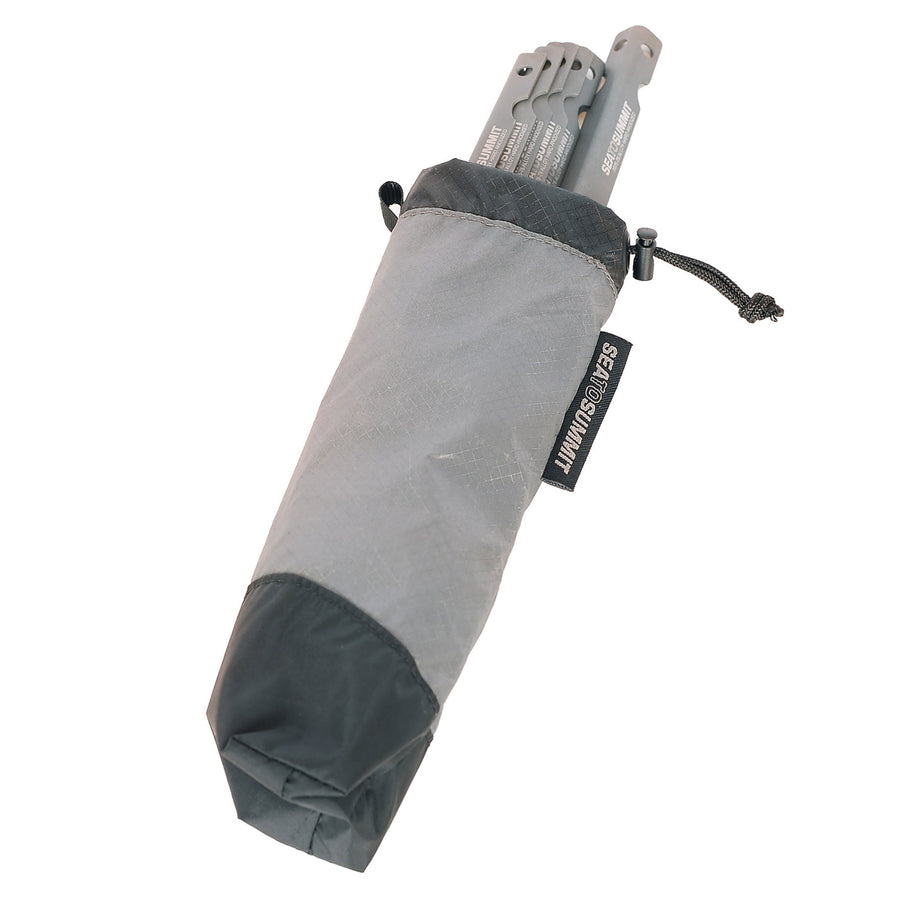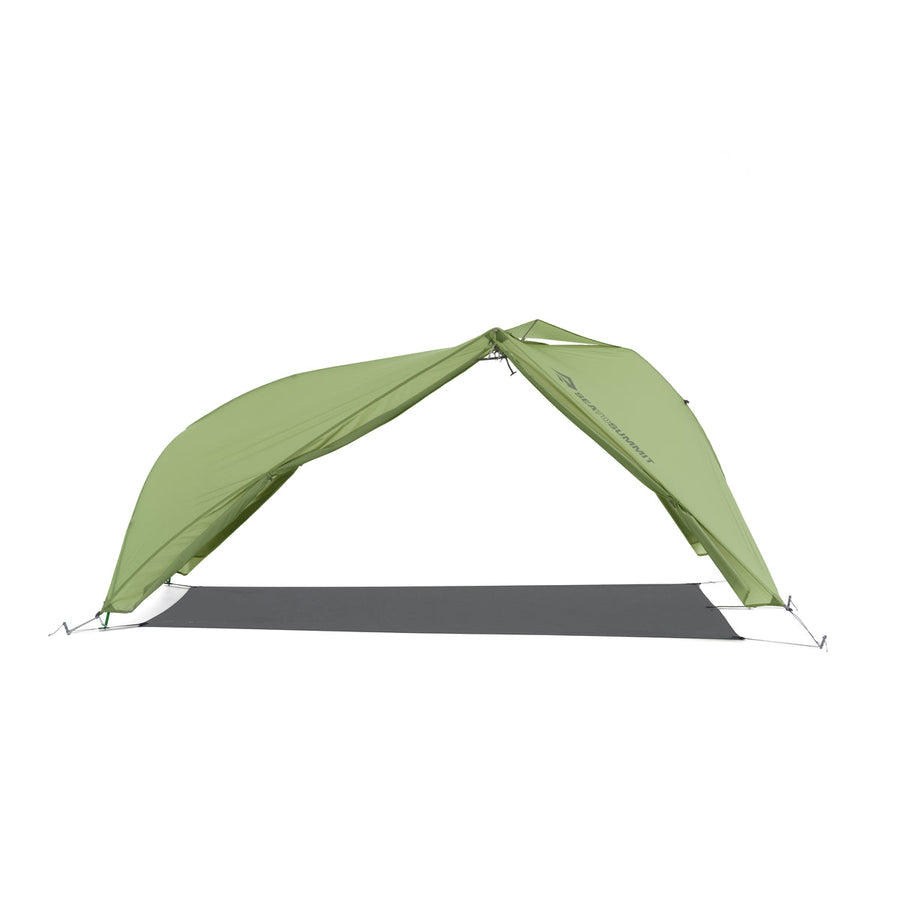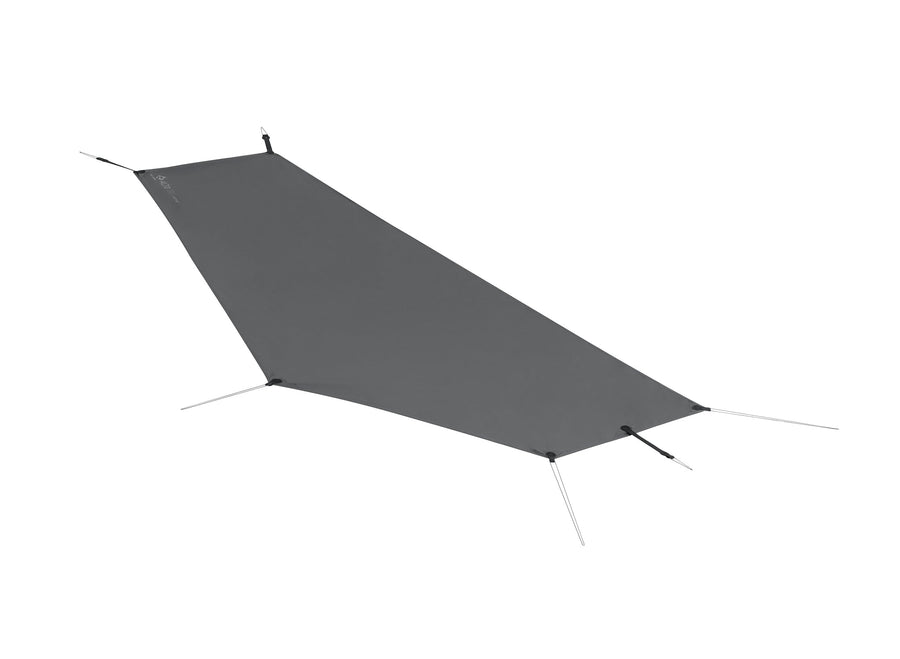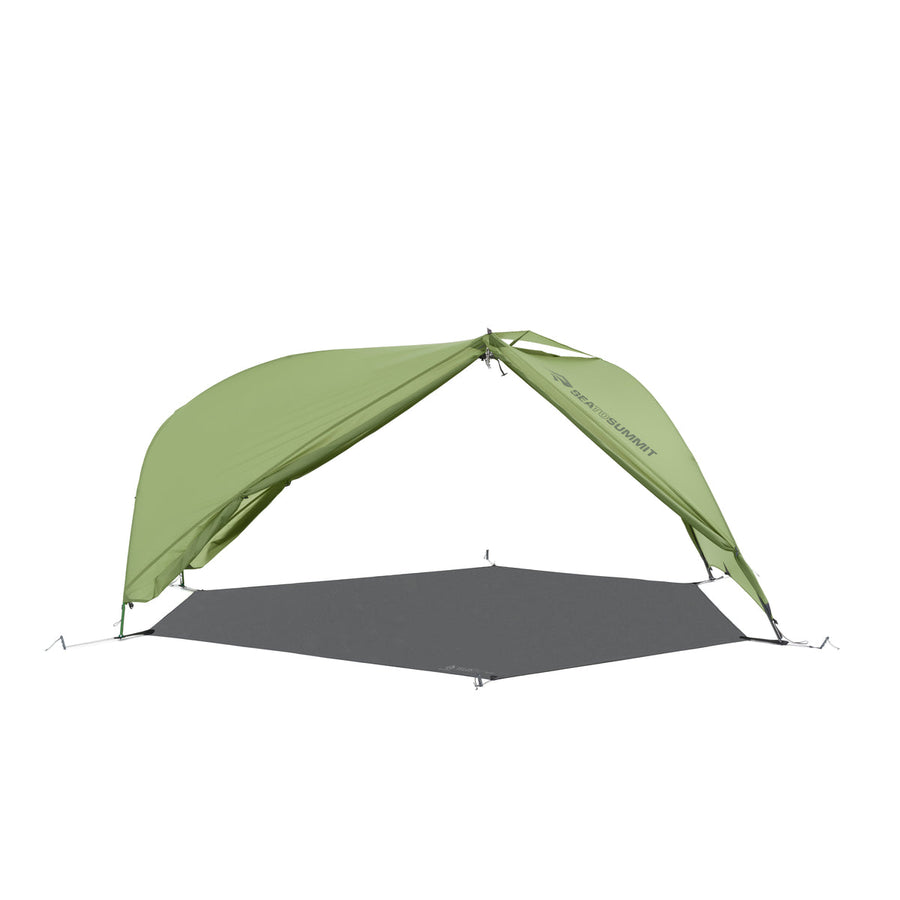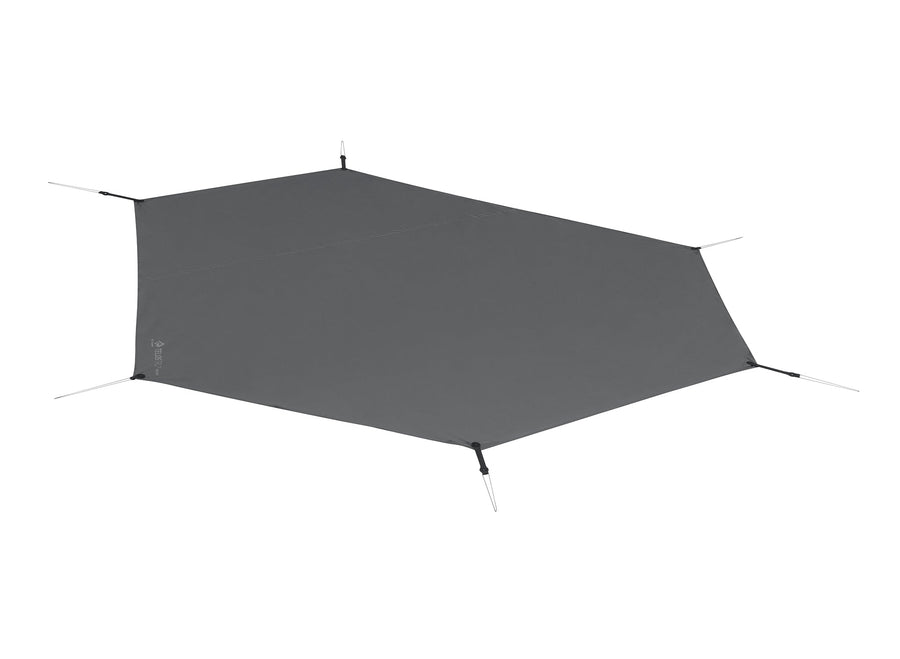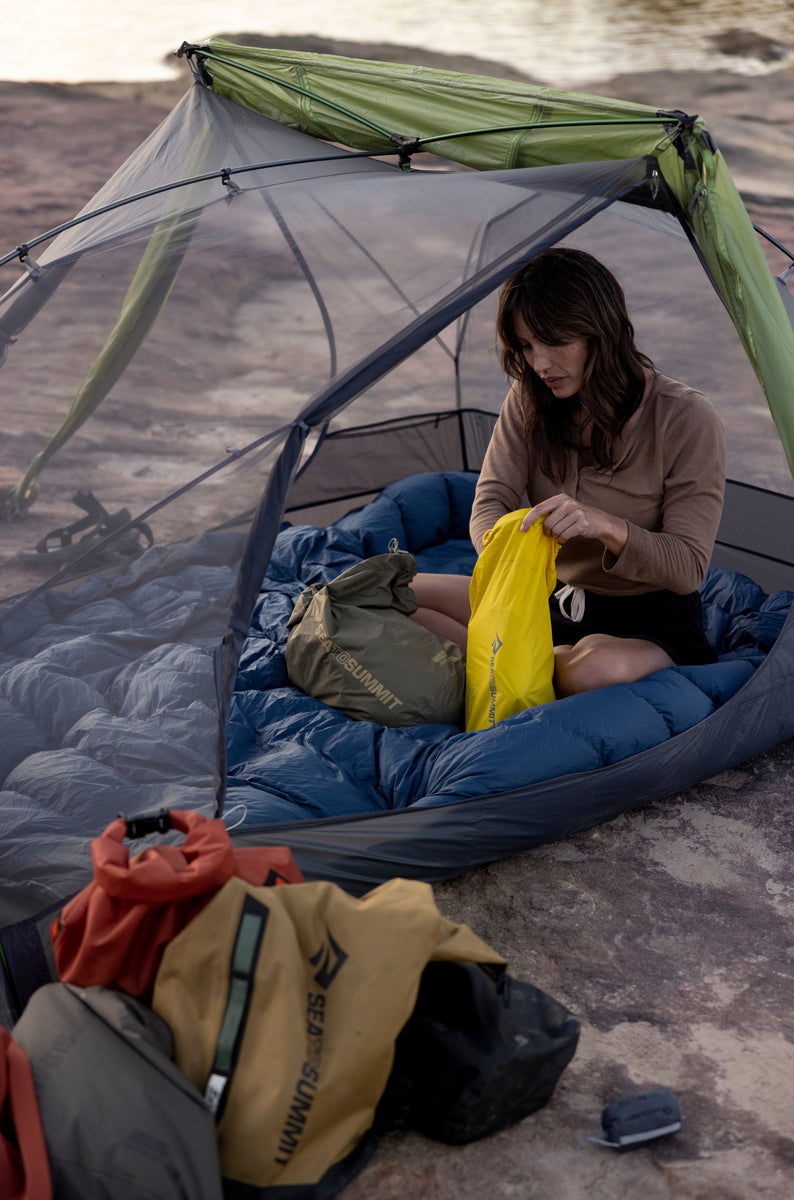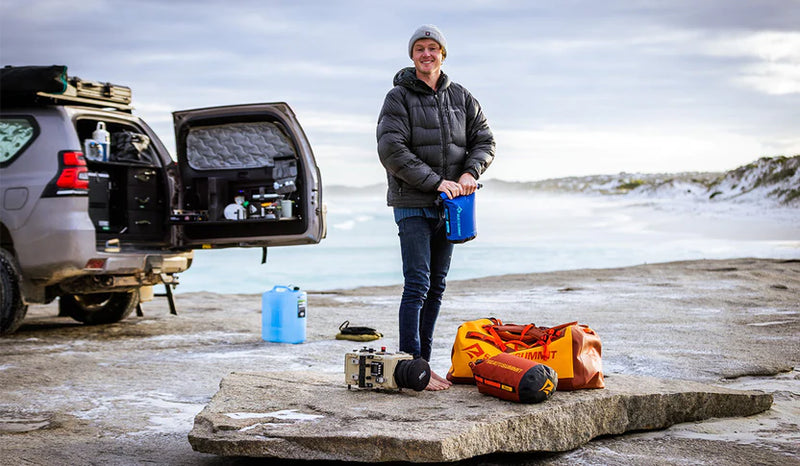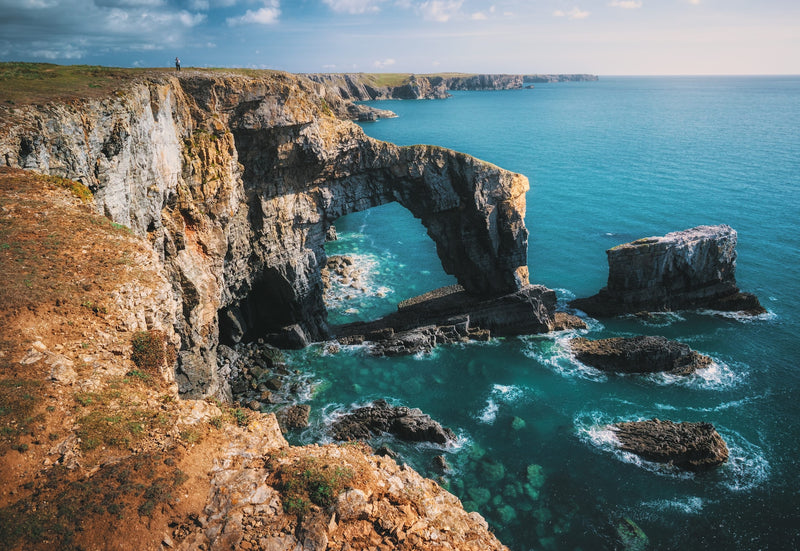The Design Series: Interview with Product Designer and Adventurer Tim Miller
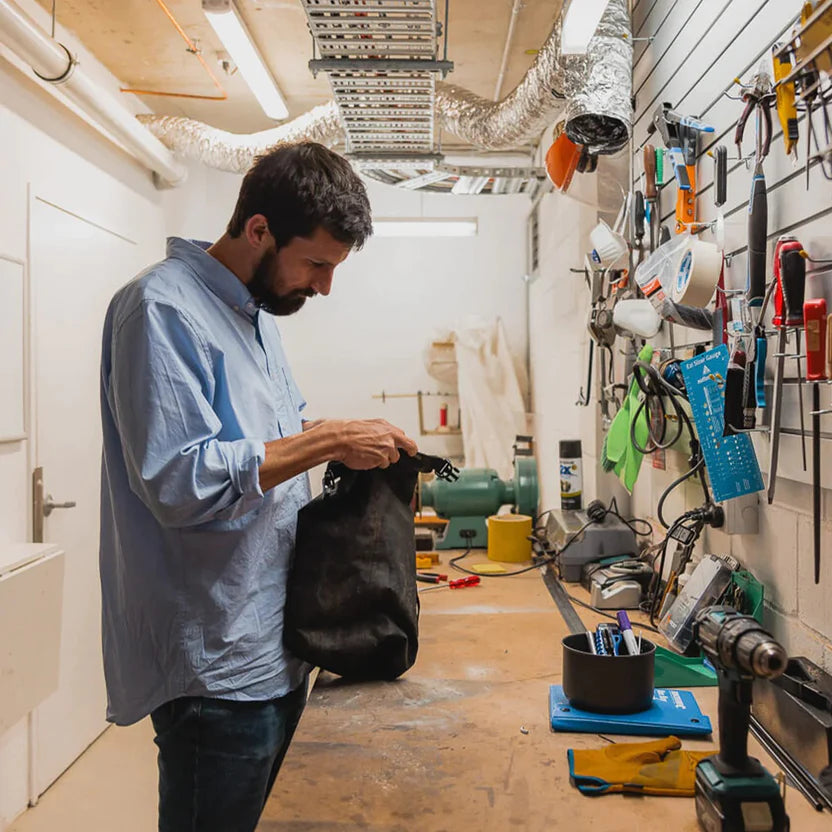
The Design Series: Interview with Product Designer and Adventurer Tim Miller
Fresh from slogging up Victoria’s highest peak, long-time Sea To Summit product designer Tim Miller sits down with us for a chat about epic solo adventures, how he creates and tests design ideas, and why sometimes a designer just needs to jump on a flight to China and sew a product together themself.
Okay, your ultimate adventure... If you could be plopped anywhere in the world, where would it be?
I did a solo hike two years ago in the Kimberley, for like, seven days. Remote country. It took a week on a yacht to get dropped off at the King George River. Then I walked seven days cross-country to get picked up by a helicopter at the Casuarina Falls. I was pretty much going from water source to water source, and unsure if there was going to be any water that day. I’m carrying six litres of water and it’s heavy, and then if I found water it was just a miracle because then I didn’t have to get out the map and figure out how to walk all the way back to the previous water source.
That's epic!
I think it’s pretty raw, you know, it’s real when you can be remote and on your own, making your own decisions.
It was quite the trip.
So, I’d go back to the Kimberley. But I’d try to marry in a bit of pack rafting, down a river. You know, where you get out, pack up your raft, then hike up a couple of hills and find your way out. That would be good to do… multi-terrain.

So, you're a fan of survivalist-type adventuring?
Yeah, I don’t go out there with just ten things. I mean, I’m Sea to Summit! I’m covered in the most high quality, highly technical gear… and you feel completely self-sufficient when you’re packed as light as possible, with sat phones and fishing rods.
And I think that’s the ideology of our Sea to Summit brand. Self-reliance is to have both the skills and the gear to do what you want to do.
A few of the Sea To Summit crew and I went up Mount Manypeaks recently, down between Albany and Bremer Bay. It just doesn’t have a track, and it’s a super overgrown, coastal scrub. And we battled for, like, four hours to get up there and probably two to come down, and it just engages you… you’ve got gloves, and full gear, and you’re just pushing through. And the point, I guess, is… the goal is to get to the top. How you get there, you don’t know.

Amazing. So, when you’re on these trips, have you ever conceptualised a product that would be good in that situation?
Good question… I’m trying to think of some gem I’ve come up with out there.
I mean, you’re obviously in a position where you can produce these ideas. Have you ever been out there and said, ‘It’d be so handy if I had XYZ,’ or have you thought about changing something on a product?
I think the main thing is, that I might take Sea to Summit’s gear and our competitors’ gear. And I’m ultimately seeing what does and doesn’t work.
I haven’t had the crystalised product just sitting in my mind. But I might be working out the realities of so many different terrains and environments.

You just need to be out there to work out that all these great ideas done in the design studio might need changes. And to ask, ‘What’s the best thing? What’s the best mid-ground?’ Design is balancing cost, function, and weight… and we need to find the best mid-ground.
So, you can’t just sit in your design studio and conceptualise these ideas. You need to be out there to understand what’s going to work and what’s not?
Yeah, definitely. The Sea to Summit design team has a large amount of accumulated knowledge, but it’s good to be out there.
One of my favourite things is taking gear that I’ve never used before – totally new things. Like, I’m looking into bivy bags at the moment (a waterproof, breathable shell that you’ll put over a sleeping bag).
I was in the bivy for two nights up on Mount Bogong, the highest mountain in Victoria, and I just loved trying that out. But it was freezing cold, and I was just in a liner in a sleeping bag in a bivy, in all of these clothes, and it’s like two in the morning, and I’ve gotta pee…

[laughs] Ah, man…
Yeah, and I’m like, I’ve gotta find a solution to this. And I’m underneath this tarp, and I’m crawling out of this thing, into the soaked ground. And I’m like… this is a poor experience.
So, you’ve got to try it all out. You’ve gotta see how it all fits together.
Well, if it’s not you, it’s going to be the end-user, right? The person buying the product.
Yeah, we are professional gear makers for serious pursuits. We’ve got to be extremely confident that we’ve put a product through its paces.
So, when you’re designing a product, do you think about what you’d like to use? Or what your customers would like?
I’ve been with the company for 12 years as a designer and worked on Roland Tyson’s [Sea to Summit founder] desk for the first seven or so of them. I’ve received the core STS design training. And the feeling is that you design what you want. I definitely consider myself to be the target market when it comes to our gear.

Sea to Summit designers are hired because they’re active outdoors, know exactly what they want, and understand the balance between comfort and performance.
So, yeah, dude… I design for myself. [laughs]
That's awesome!
Absolutely. When it comes to these technical products, I want to carry something that’s working.
I think our focus groups are also really valuable. It can be complicated because everyone adventures differently. And we want to cater to heaps of different people, and we need to understand all the mindsets.
You do these epic hikes, these massive solo journeys… I can’t imagine you with any ‘run of the mill’ or bottom-shelf gear?
Definitely not.
I’m having a lot of fun this year because I’m working on various new projects. And that’s really opened my eyes to a whole lot of outdoor brands that aren’t core outdoor. We buy all the samples, and I’m testing them out. I’m seeing what they feel like, who’s doing it well, how cold I’m getting, and stuff like that.
It’s just a continuous cycle.

And so, how do you test a Sea to Summit product? Because it’s obviously not just laying down in a comfortable campsite… You probably want to put it to the test?
We support field testing with lab testing. So, a tarp or a tarp frame will still go into a wind tunnel and be tested to its breaking point in a lab test.
We’d test the anchor points and seam strength of the tarp. But you need some field testing to see what happens when it does get wet. For instance, nylon’s going to sag, but polyester won’t when it’s a tarp. So, if we choose nylon and it does sag during the night, do we have catastrophic failure? It’s harder to find out in a lab. You’ve got to get out there and test it.
Earlier, you mentioned Roland [Tyson – Sea to Summit founder], and sitting at his desk. That was seven years, you said?
Yeah, it was for a fair while. It was a unique position to be in.
We were in a growth phase, and there just weren’t enough desks when I got hired in 2012. So, the only free spot was literally on the boss’s desk. I just had one metre on the end of it [opens arms], and it was good! It was baptism by fire, I was a sponge ready to learn, and Roland was very hands on.
He was an excellent mentor and continues to be. I’m really thankful for the expertise I got from him, and from all the designers. You couldn’t ask for a better design education.

I bet. Can you tell me a bit about those early days?
It was drilled in; a serious work ethic, and serious design. And an awesome, awesome experience working with our China team.
I went to China six times in one year because being in the factories gives the fastest development.
I can sit down here [in the design studio] and sketch up stuff, and make a tech pack (a blueprint of the final product), send it off and talk it through with factories. And I’ll get a very well-considered sample in about five weeks.
Or I can just go to China, and say, ‘Sew this and this together,’ or tell them, ‘This seam is too tight; we need to have this 3mm back,’ and we’d smash through, like, six prototypes in a day. We’d just pump them out.
It was great. It helped me understand how real factories work, and how real materials and sample rooms work… and how to communicate. I think that’s probably the biggest thing. How do you communicate what’s in your head? Otherwise, I’m literally asking the nicest lady at the sewing machine to get up so I can sew something myself!
You need to know how to get an idea out of your head and into someone else’s when you’ve got a massive language barrier.
I imagine being in the factory would help so much when you’re looking at what’s realistic and what’s not when you’ve got an idea.
I love blue-sky thinking, but design isn’t just coming up with cool ideas and then getting someone else to sort them out. Design is everything at once. It’s the material, the cost, the construction and the function, all coming together into a kind of indistinguishable blur, and that’s what you’re doing when you’re sketching. You’re like, ‘Okay, cool, but too expensive’, ‘Okay, cool, but too heavy’.

Is it good to work with some parameters though? If it’s blue-sky, I'd imagine it’d be quite difficult. It’s probably nice sometimes to be a little bit constricted.
100%. And I quite enjoy being in a box. You’ve got your parameters, and now you’ve gotta make it work. For me, that feels more productive.
You could be like, ‘Okay, we need to look into radiant heat technology,’ and I love that. But I can look into radiant heat technology for nine months and we still might not have a product. You need a bit of both, is what I’m saying.
And what about the future of Sea to Summit? You’ve been here since the early days, how do you feel about what’s on the horizon?
I’m looking into some ideas now for the 2026 season, and that’s really fun. And we’ve got a long lead time, which is great.
We were small when I joined, and we’re a whole new step up now. To be a part of that growth has been awesome. Recently, I talked to a few of the head honchos about a product, and it made me feel so positive. They’re all about calm, calculated improvement.
The ship is being steered really well. I’m incredibly positive about where we’re going.
